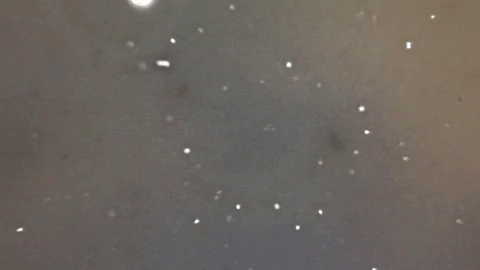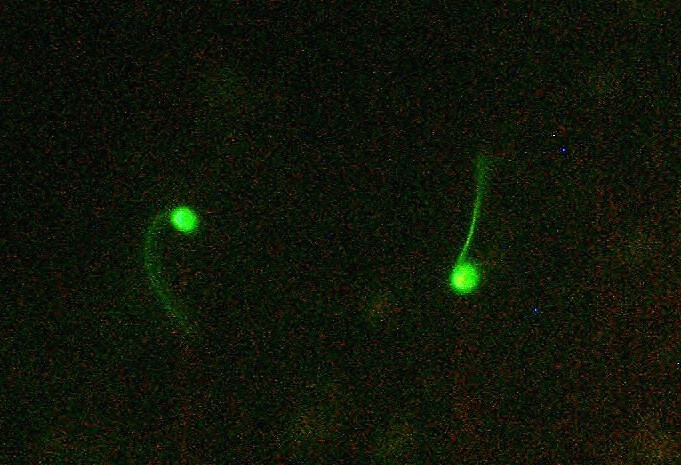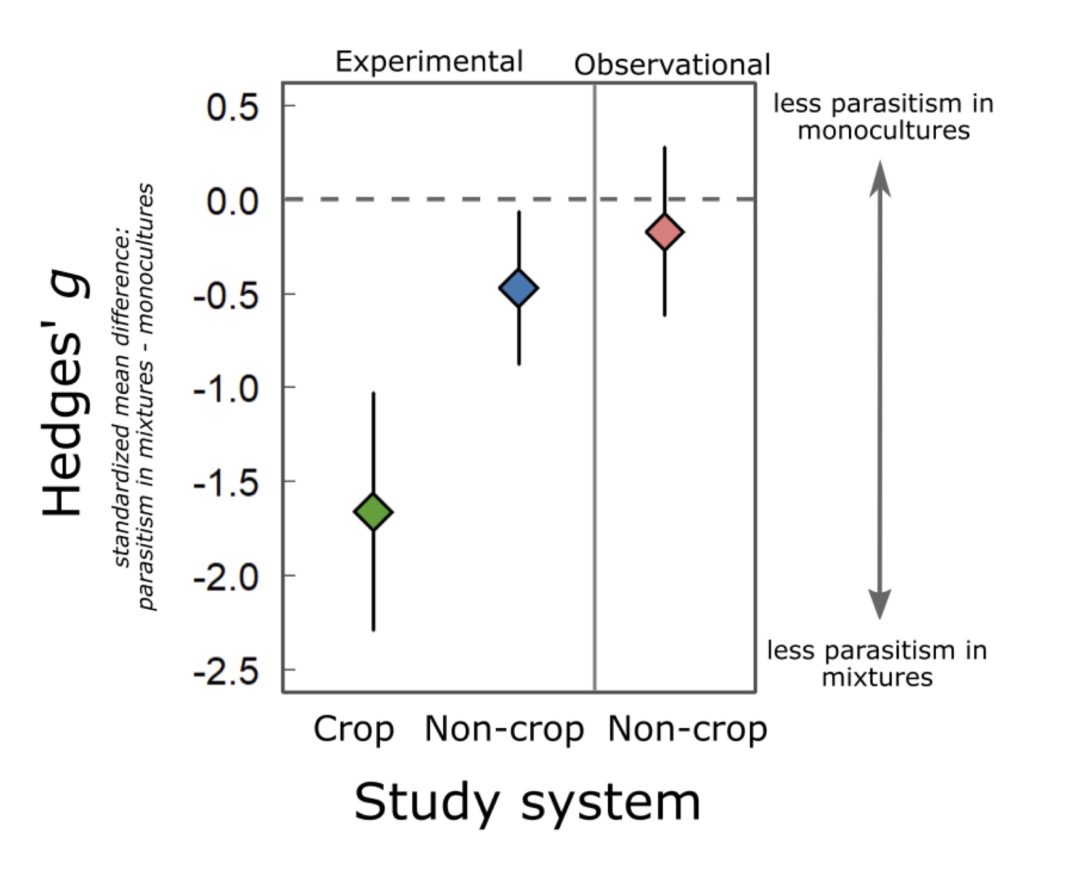A fascinating study, published in Evolution Letters, has provided new insight into the subtle ways that females can influence paternity. The work was carried out on a species of mussel (Mytilus galloprovincialis), which releases its eggs and sperm into the ocean, resulting in sperm from lots of different males competing for fertilisation. The research found that sperm success didn’t simply depend on which male or sperm was the ‘best’ overall – instead, it depended on which male was most compatible with the female who laid the eggs, and this was controlled by chemicals from the eggs themselves. Here, lead author Rowan Lymbery explains how he discovered this cryptic female effect, and why it’s important for our understanding of sexual selection.
EL: Your study found that, in mussels, chemicals from eggs attract sperm from “preferred males”. What effect do these chemicals actually have on the sperm?
RL: In ‘broadcast spawners’ like these mussels, when sperm are first released they swim in these characteristic circular or helical patterns. During this phase, the sperm sample the water for chemicals released by eggs. Once the sperm detect a chemical gradient, they have a ‘turn-and-run’ response, which results in them swimming in faster and straighter spirals toward the source of the chemicals (the eggs). The really interesting finding in these mussels is that the strength of this response (i.e. how fast and straight sperm swim up a gradient) varies when sperm from different males are exposed to chemoattractants from eggs of different females.

EL: How many sperm (and from how many different males) are eggs likely to encounter in their natural environment?
RL: It’s hard to say for certain, but these mussels form huge aggregations (thousands of individuals), and have mass spawning events during the reproductive season where many males and many females release gametes at the same time. During the peak spawning season, we can easily collect sperm from males at concentrations upwards of 100 million sperm per millilitre. So you can imagine that in mass spawning events the local concentrations of sperm from many males will be extremely high!
EL: Why do some females prefer different males to others? Surely the most attractive or high quality male should be preferred by all females?
RL: That form of sperm choice (or mate choice) by females certainly does occur, where females prefer intrinsically ‘better’ males. However, offspring fitness is also affected by the particular combinations of genes they receive from the mother and the father (non-additive genetic effects). There’s quite a bit of evidence in broadcast spawners that offspring viability often varies across different male-female crosses. Therefore, there could be genetic benefits to females that are able to select sperm from more ‘compatible’ males. An example of when compatibility effects might occur is inbreeding, where there are often deleterious effects of mating with relatives on offspring fitness. The patterns of sperm preferences that we found in our study seem to partially reflect inbreeding avoidance; sperm from males that were less genetically related to the focal female had higher competitive success.
EL: Do you have any idea what these egg chemicals are? Are they are made by the female, or by the egg itself?
RL: The chemicals are released by the eggs themselves after they have been spawned, but in these mussels we don’t know exactly what they are. A few egg chemoattractant molecules have been identified in other broadcast spawners such as sea urchins (peptide molecules) and abalone (tryptophan). However, we suspect that the chemoattractants are more complex than simply a single attractant molecule, given the very fine-scale differences in their effect upon sperm from different males. It could be that eggs release a whole range of chemicals that effect signalling pathways in the sperm in different ways.
EL: You stained sperm with a fluorescent dye to track which male had fertilised the eggs of each female. How does that work?
RL: Mussels (and several other bivalves) are fascinating in that embryos inherit paternal mitochondria from sperm, which as far as we know doesn’t happen in any other animals (most of us get mitochondria from our mothers alone). If you apply a fluorescent mitochondrial dye to mussel sperm, and allow them to fertilise eggs, the sperm mitochondria become visible under a fluorescent microscope about 10 minutes after fertilisation. In our experiments, we label the mitochondria of a focal male’s sperm, then allow them to compete with unlabelled sperm from a rival male. Then we can measure the focal male’s competitive success by counting eggs with dyed mitochondria.

In this study, we labelled sperm from a focal male, then allowed them to swim in a gradient of chemoattractant (from the focal female’s eggs) along with unlabelled sperm from a standard rival male. Then, we sampled sperm from the centre of the chemoattractant gradient, and used them for in vitro fertilisations with eggs from a (separate) standard female. This way, the only variation in female effects on sperm competitive success was through variation in the attractive effects of egg chemicals from different focal females.
EL: Is this phenomenon likely to be exclusive to these mussels, or could females of other species be using a similar mechanism to secretly discriminate between males?
RL: Chemoattraction of sperm occurs across a whole range of species. It’s best known from broadcast spawning marine invertebrates, but it has been described in vertebrates as well, such as frogs, mice, rabbits, horses and even humans. Whether differential attraction of sperm can affect intraspecific sperm competition has not yet been investigated in these other species, but it’s certainly plausible that females of many species might employ such mechanisms. A similar example of a female mechanism of influencing sperm motility is the ovarian fluid of many fish species. This fluid can be spawned with eggs (for external fertilisers) or retained in the female reproductive tract (for internal fertilisers). In both cases, ovarian fluid can have different effects of swimming velocity of sperm from different males, and allow females to selectively influence sperm competition. So it seems likely that female mechanisms of influencing sperm behaviour might be widespread forms of ‘cryptic’ choice among competing sperm.
EL: With such crafty ways of influencing sperm success, should we conclude that females are ultimately in control of fertilisation success?
RL: There is certainly a considerable body of evidence now that females of many species can exercise a level of control over fertilisation success. Females have a lot to gain from being able to choose among sperm from competing males, particularly in systems where they have a limited ability to choose among males before mating. As we mentioned earlier, by exercising control over competitive fertilisations, females can increase offspring fitness through genetic quality or compatibility effects. However, males would clearly prefer that their sperm win in competition every time. This can lead to very interesting dynamics in many systems of adaptations for controlling competitive fertilisation outcomes in both males and females.
You can learn more about this research by reading the original published study, free to download from Evolution Letters. Rowan Lymbery is a PhD student at the Centre for Evolutionary Biology, University of Western Australia.

